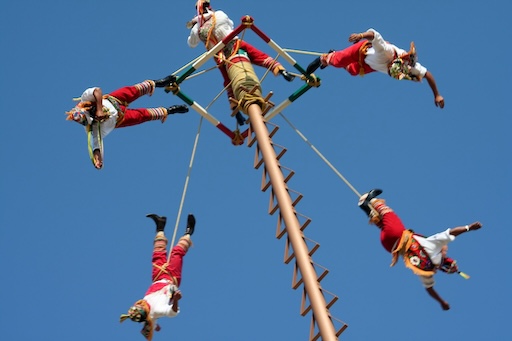
Imagine this: you're standing in a quiet plaza in the steamy town of Papantla, Veracruz. The scent of sweet tamales drifts through the air. A tall pole—nearly 30 meters high—rises above the trees. Flutes start to play, slow and haunting. And then… men begin to fly.
This isn't a circus act or a tourist show. This is the sacred ritual of the Voladores de Papantla, or “The Flyers of Papantla.” And what they do is nothing short of gravity-defying magic rooted deep in indigenous tradition.
The Origins: Ancient Totonac Spirituality
The tradition dates back over 1,500 years and is believed to have originated with the Totonac people, one of Mexico’s oldest surviving indigenous groups. Legend has it that during a devastating drought, Totonac elders sent five men into the forest to pray for rain. They were instructed to cut down the tallest, straightest tree, use it as a pole, and perform a dance of flight to honor the gods.
The ritual worked. The rain came. And from that day on, the Voladores tradition lived on — as a spiritual plea, a thank-you, and an airborne celebration of life and balance with nature.

How It Works: 30 Meters Up, Head First
The ritual begins with five men, dressed in brilliantly embroidered outfits representing birds, climbing to the top of the pole. One remains at the top, playing a flute and small drum, representing the voice of the gods. The other four? They leap.
Attached only by ropes tied to their waists, they spin downward, upside-down, in wide circles around the pole, slowly descending back to earth — like spiraling feathers. Each man makes 13 revolutions, symbolizing the 52 years of the Mesoamerican calendar cycle. It’s mesmerizing. Hypnotic. And a little terrifying.
The Costumes: Not Just for Show
The voladores don bright red pants and white shirts adorned with intricate sashes and mirrors. Their hats often resemble birds, complete with feathers and ribbons that flutter as they spin through the air. Every element of the costume has meaning: the colors, the bird-like movements, even the way the ropes are tied. It’s not just about flight — it’s about transformation.
When you watch them fly, it’s easy to forget they’re not wearing parachutes. Or safety nets. One wrong twist… and yet, they continue, fearless, faithful, and graceful.
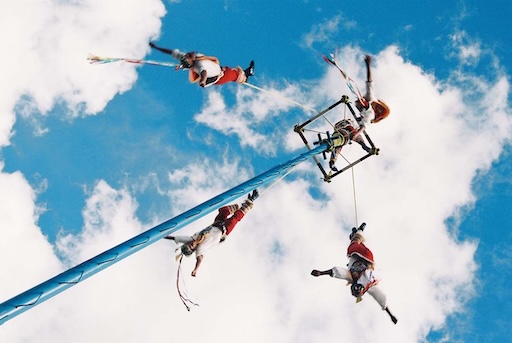
Still Sacred After Centuries
In 2009, UNESCO declared the Danza de los Voladores an Intangible Cultural Heritage of Humanity. But for many, it was already sacred long before recognition came. It’s performed during religious festivals, harvest events, and ceremonies where nature and the divine are honored.
Even today, young boys in Papantla grow up watching the older voladores and dreaming of one day flying themselves. It’s not just a performance — it’s a rite of passage.
Where You Can Witness It
If you’re visiting Veracruz, head to Papantla or the nearby archaeological site of El Tajín. There’s often a performance near the town plaza or at designated cultural centers. You’ll know it’s about to start when you hear the flute — high, slow, and ancient-sounding, echoing through the square like a call from the gods.
You can also spot Voladores performances in other parts of Mexico, especially during national celebrations, but seeing them in their home region — with the jungle around you and the history in the air — is something special.
More Than Just a Dance
At first glance, you might think, “Wow, what a cool trick!” But spend a little time with the story behind it, and you'll realize it’s much more than a stunt. It’s a prayer in motion. A living connection to the skies. A quiet rebellion against forgetting where we come from.
The Voladores remind us that humans have always dreamed of flying — and that sometimes, with enough faith and tradition, we really do.
Final Thoughts
There are few things as unexpectedly beautiful as seeing humans spiral down from the sky, not for thrill or fame, but for ancient gratitude. The Voladores of Papantla offer a glimpse into a world where ritual and movement become one — and where flight is not about escape, but about coming back down to earth with grace.
Share this story and inspire others.
Tags: Mexico, Voladores de Papantla, Unusual Tradition, Totonac, Intangible Heritage
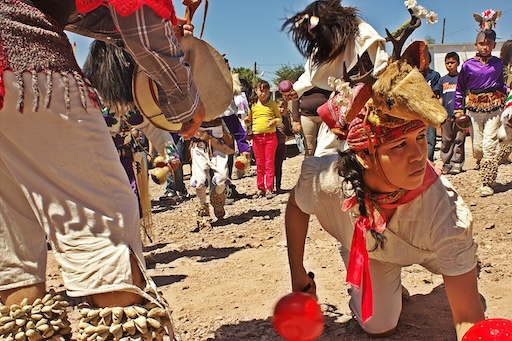 La Danza del Venado – The Sacred Deer Dance of the Yaqui People
La Danza del Venado – The Sacred Deer Dance of the Yaqui People
 Tarahumara Rarámuri – The Ultramarathon Runners of the Sierra
Tarahumara Rarámuri – The Ultramarathon Runners of the Sierra
 La Santa Muerte – The Controversial Saint of Death
La Santa Muerte – The Controversial Saint of Death
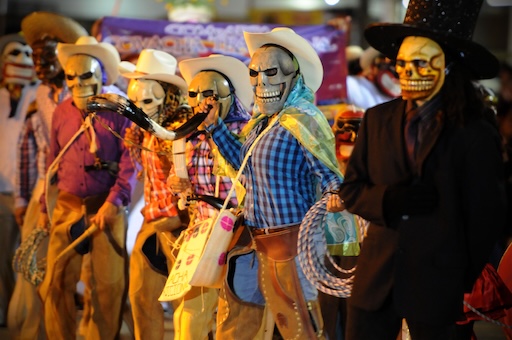 Xantolo – The Huasteca’s Version of Day of the Dead with Masks and Dances
Xantolo – The Huasteca’s Version of Day of the Dead with Masks and Dances
 Cenote Sagrado – Sacred Sinkhole of the Maya
Cenote Sagrado – Sacred Sinkhole of the Maya
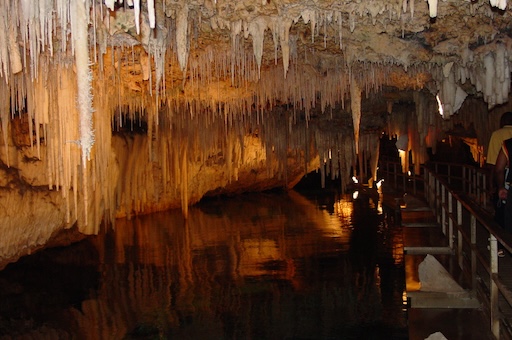 Cueva de los Cristales – Mexico’s Giant Crystal Cave
Cueva de los Cristales – Mexico’s Giant Crystal Cave